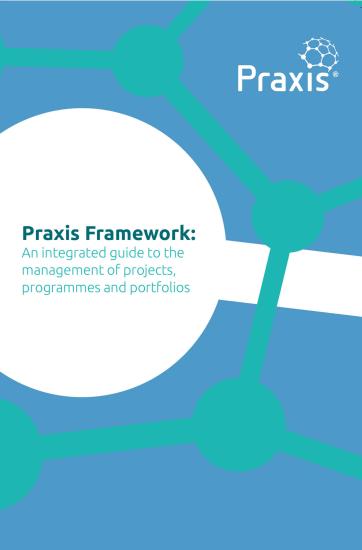
Rating: Not rated
Tags: Project Management, Lang:en
Summary
For much of my working life I have been involved in
developing project managers and consulting with organisations
who want to improve their project delivery.Over the years, I
felt I was spending far too much time explaining the
differences between various bodies of knowledge, methods and
other guides. These were rarely fundamental differences of
principle and most people I worked with saw them as
irritating inconsistencies that simply added an unnecessary
layer of confusion. All they wanted to do was to understand
the basic concepts of good practice and apply them in as
efficient a way as possible.I long harboured the ambition of
getting the publishers of the various guides together to try
and harmonise their message but this proved to be an
impossible task. Eventually in 2012, after a couple of years working on
version 6 of the APM’s Body of Knowledge, events
conspired to provide the opportunity to create the Praxis
Framework. Starting with a blank sheet of paper, I took the
tried and tested practices of numerous guides and reworked
them so that they fitted together seamlessly – or at
least as seamlessly as seemed practical.The process made me
think long and hard about a few areas that are treated
slightly differently in the Praxis Framework: the nature of
projects, programmes and portfolios, and the nature of
capability maturity being the main ones. The world that Praxis is born into is a very different one
from that of the 1980s and 1990s when most of the current
well-known guides first came into being. The Wikipedia
generation expect this kind of basic information to be freely
available online and so the www.PraxisFramework.org website
was launched on 1st May 2014. Publishing online doesn’t
only make the information highly accessible, it also makes it
open for all practitioners to comment and contribute. I hope
the Praxis Framework will evolve to be a community-driven
framework with frequent and regular updates that reflect how
projects are actually managed.The growing list of
contributors can be found at
http://www.praxisframework.org/resource-pages/contributorsOf
course, even the best of websites doesn’t have the
tactile quality of a book. The opportunity to leaf through
pages, highlight text and make margin notes still appeals to
most of us. So, I will start my acknowledgements by saying
thank you to everyone at the APM for taking on the role of
book publisher – and particularly to James Simons for
seeing the project through, on-time and on budget.